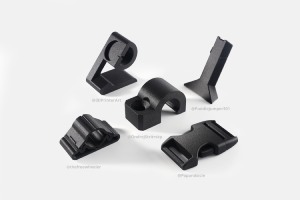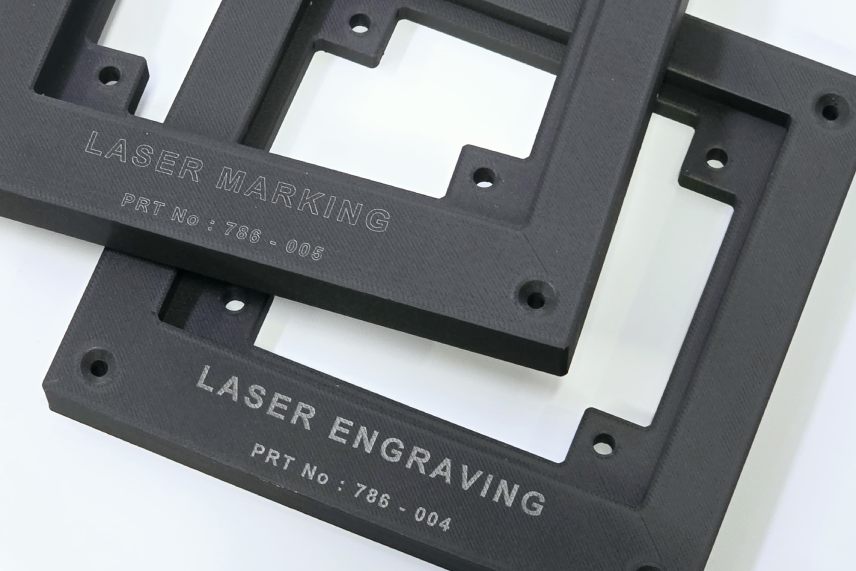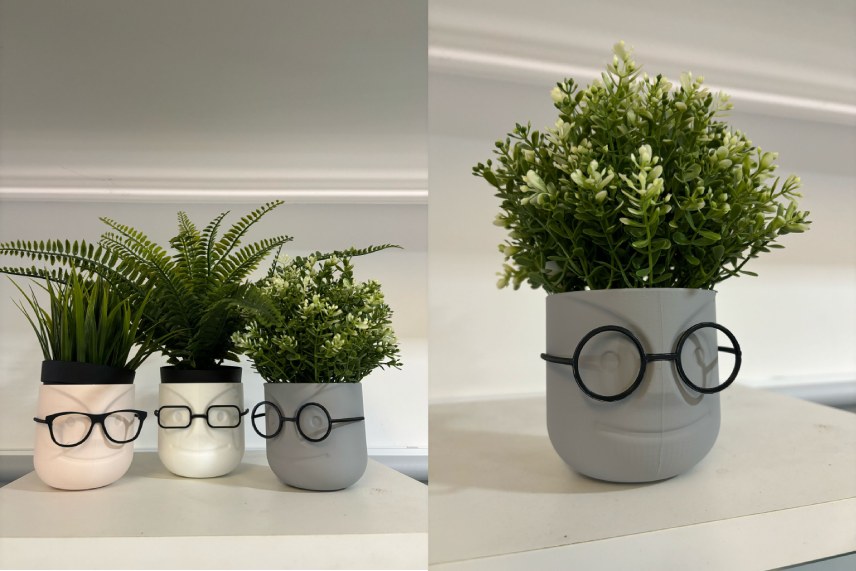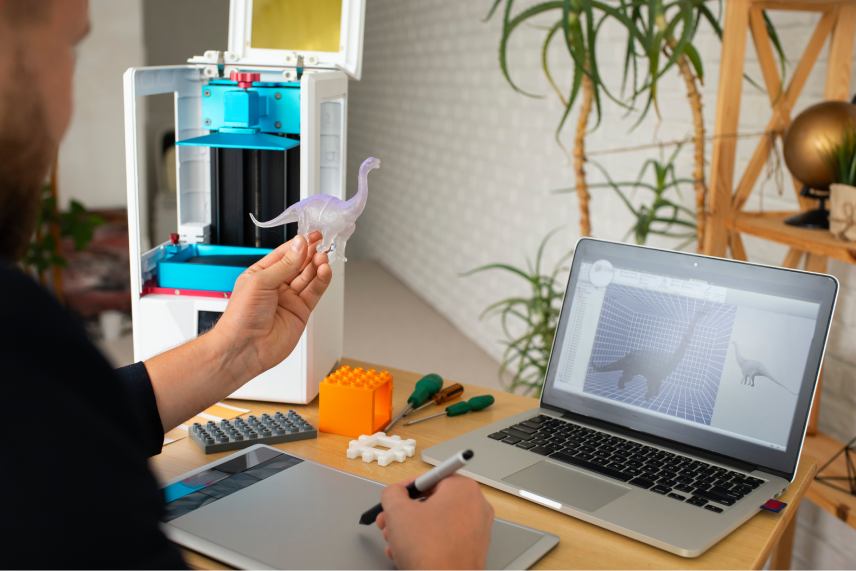What Can You Create with a 3D Printer?

The world of 3D printing has advanced significantly since its early days in the 1980s. No longer limited to simple prototypes or decorative objects, this technology is now driving innovation across multiple industries. From medical breakthroughs to aerospace advancements, 3D printing is redefining how we manufacture, design, and build.
How 3D Printing is Transforming Industries
1. Healthcare and Medical Innovations
One of the most remarkable uses of 3D printing is in the medical field. Surgeons and researchers are leveraging this technology to create tailored prosthetics, implants, and even bio-printed tissues. Customized 3D-printed prosthetic limbs offer an affordable solution for patients, while titanium bone implants are revolutionizing surgical procedures. Additionally, bio-printing is paving the way for future organ transplants by producing living tissues.
2. Aerospace and Automotive Advancements
The aerospace industry has embraced 3D printing to manufacture lightweight yet durable parts for aircraft and space missions. Organizations such as NASA and SpaceX utilize this technology to fabricate complex rocket components, making space exploration more efficient. Similarly, automotive companies employ 3D printing for rapid prototyping, customized car parts, and even entire vehicle frameworks.
3. Construction and Architectural Developments
Imagine constructing a house within days—this is now possible thanks to 3D printing. Large-scale printers are being used to build homes and commercial structures quickly and affordably. This technology is proving invaluable in addressing housing shortages and providing fast shelter solutions in disaster-stricken areas.
4. Fashion and Wearable Technology
3D printing is making waves in the fashion industry, where designers are experimenting with custom-fitted clothing, shoes, and accessories. Companies like Adidas have introduced 3D-printed midsoles that enhance comfort and performance. Additionally, wearables such as hearing aids and eyeglasses benefit from the precision and customization offered by this technology.
5. Culinary Creations
Believe it or not, food can also be 3D printed! Chefs and food scientists use this technology to craft intricate chocolate designs, pasta, and plant-based meat alternatives. By pushing the boundaries of culinary innovation, 3D printing is also helping create sustainable food solutions.
6. Marine and Underwater Applications
Scientists and engineers are utilizing 3D printing to develop underwater drones, coral reef restoration structures, and functional boat components. These advancements support marine research and conservation, aiding in the reconstruction of damaged ecosystems and improving deep-sea exploration.
7. Space Exploration and Beyond
Beyond Earth, 3D printing is playing a crucial role in space missions. Astronauts aboard the International Space Station (ISS) use 3D printers to produce essential tools and replacement parts, reducing the need for costly resupply missions. NASA is also exploring how to use local materials, such as Martian soil, to 3D print structures on Mars for future space colonies.
Looking Ahead: The Future of 3D Printing
As 3D printing technology continues to evolve, its potential is limitless. From creating artificial organs to constructing buildings in space, it is redefining the way industries operate. With ongoing advancements, 3D printing is poised to become a mainstream solution for sustainable, efficient, and cost-effective manufacturing.
For engineers, entrepreneurs, and tech enthusiasts alike, 3D printing offers a world of possibilities. The future is being built—one layer at a time!



